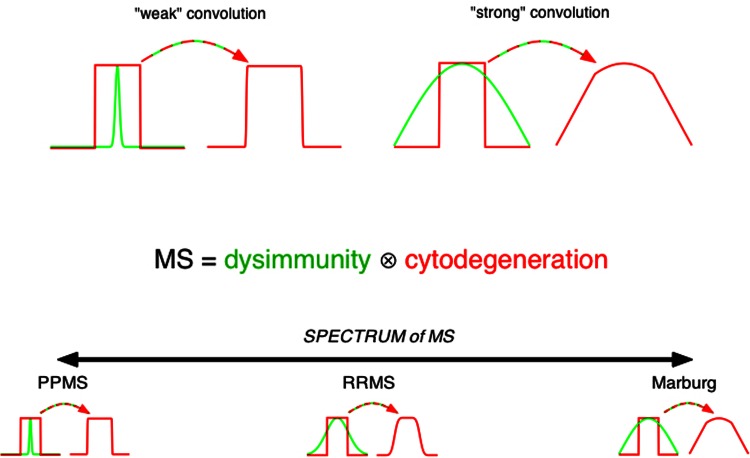Figure 2. Model proposing that MS is a convolution of two important processes.
Convolution is a mathematical “smearing” of two functions: if the convolving function is weak (narrow green function, top left), the result is similar to the input (red). If on the other hand the convolution is very strong, the output may not resemble the input at all (red, top right). The curiously broad spectrum of MS phenotypes may be explained by such a variable convolution of two processes: at its root, MS may consist of a monotonically progressive degenerative disease, much like Alzheimer's and Parkinson's. With a weak immune influence, the result is progressive MS which harbors little inflammation and progresses much like other neurodegenerative disorders. At the other extreme, a very aggressive inflammatory reaction produces a highly inflammatory condition bearing little resemblance to the putative underlying slowly progressive disorder. As it turns out, the majority of MS falls somewhere in the middle of this spectrum. This model presupposes that the underlying degeneration is fairly stereotyped, with the heterogeneity mainly arising from the variable dysimmunity. One important corollary is that, if MS is indeed a convolution of two processes, epidemiological, pathological, and genetic studies may be reflective of only one, and not the other, component. Admittedly, over the years focus has been overwhelmingly placed on the immunobiology of MS, therefore most data pertain to the green function, with little insight into the red function which, as the common thread in the above model, may lie at the root of this disease.

